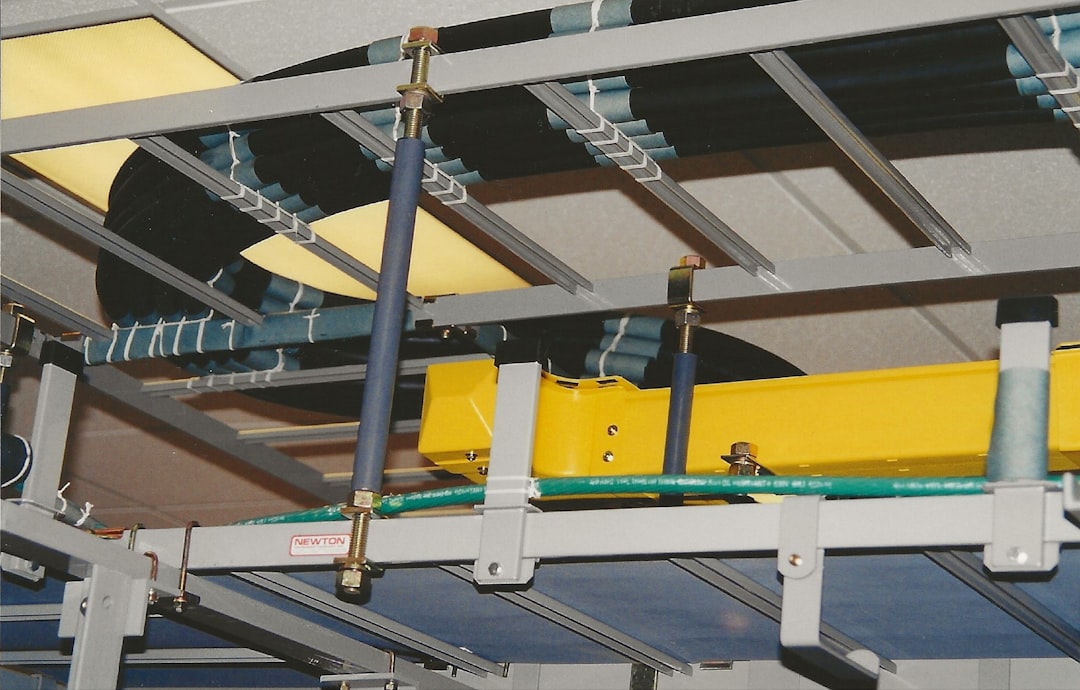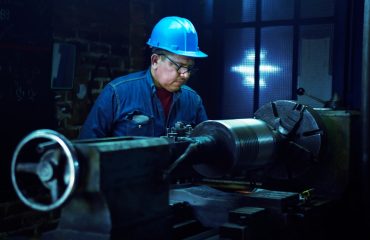In today’s increasingly noisy world, effective sound control is paramount. Whether you’re designing a recording studio, a concert hall, an office space, or even a residential building, minimizing noise pollution is crucial for productivity, comfort, and overall well-being. Acoustic steel profile systems offer a robust and versatile solution for achieving superior sound control, providing a high level of performance and durability.
Understanding the Mechanics of Acoustic Steel Profile Systems
Acoustic steel profile systems are engineered frameworks designed to create sound-dampening barriers. Unlike traditional methods, these systems leverage the properties of steel, combined with specialized acoustic materials, to effectively absorb and block sound waves. The steel profiles themselves provide a rigid structure, preventing vibrations from transmitting through walls or ceilings. This structural integrity is crucial for maintaining the effectiveness of the acoustic insulation materials used within the system. The profiles often incorporate features such as perforations or specific geometries designed to further enhance sound absorption. The system’s design considers the frequency range of sound waves to be attenuated, optimizing the system for specific noise control requirements.
The Diverse Applications of Acoustic Steel Profile Systems
The versatility of acoustic steel profile systems makes them suitable for a wide range of applications. In commercial settings, they are commonly used in:
- Recording studios and broadcast facilities: Creating sound-isolated spaces essential for high-quality audio recording and mixing.
- Offices and workplaces: Reducing noise distractions and improving employee concentration and productivity.
- Industrial settings: Mitigating hazardous noise levels to protect workers’ hearing.
- Cinemas and theaters: Enhancing sound quality and minimizing external noise interference.
- Hospitals and healthcare facilities: Creating quiet zones for patient recovery and staff communication.
Residential applications also benefit significantly, including:
- Home theaters: Delivering an immersive cinematic experience free from external noise.
- Music rooms: Providing a dedicated space for musical practice without disturbing neighbors.
- Apartments and condos: Improving sound insulation between units.
Choosing the Right Acoustic Steel Profile System: Factors to Consider
Selecting the appropriate acoustic steel profile system requires careful consideration of several factors:
- Frequency range: Different systems are optimized for different frequency ranges, so understanding the predominant noise frequencies is crucial.
- Sound Transmission Class (STC) rating: This rating indicates the system’s ability to block airborne sound. Higher STC ratings represent better sound insulation.
- Noise Reduction Coefficient (NRC) rating: This rating measures a material’s ability to absorb sound. A higher NRC indicates better sound absorption.
- Installation requirements: Consider the structural capabilities of the building and the ease of installation for the chosen system.
- Budget: Acoustic steel profile systems vary in cost, depending on their complexity and materials.
- Aesthetics: While functionality is paramount, the aesthetic integration of the system within the overall design should also be considered.
Installation and Maintenance of Acoustic Steel Profile Systems
Proper installation is critical to the effectiveness of an acoustic steel profile system. It usually involves a team of skilled professionals experienced in acoustic construction. The process typically includes:
- Careful planning and design: This ensures the system is correctly sized and positioned to address the specific acoustic challenges.
- Precise fabrication and cutting of the steel profiles: Ensuring a perfect fit and minimizing gaps.
- Secure fastening and attachment: Using appropriate fixings to ensure structural stability and prevent vibration transmission.
- Installation of acoustic insulation materials: Filling the cavities within the steel framework with sound-absorbing materials.
- Careful sealing of joints and gaps: Preventing sound leakage around the edges of the system.
Maintenance is generally minimal, but regular inspections can help identify and address any potential issues early on, ensuring the system’s long-term effectiveness.
The Benefits of Acoustic Steel Profile Systems: A Summary
Investing in acoustic steel profile systems offers numerous advantages:
- Superior sound insulation: Effectively reduces noise transmission, creating quieter and more comfortable environments.
- Enhanced sound quality: In applications like recording studios, the systems contribute to improved acoustic performance.
- Durability and longevity: Steel provides a robust and long-lasting framework for the system.
- Versatility: Suitable for a wide range of applications and building types.
- Improved productivity and well-being: Reduced noise levels enhance focus, concentration, and overall comfort.
- Compliance with building codes: Many jurisdictions have noise control regulations that these systems can help meet.
In conclusion, acoustic steel profile systems represent a sophisticated and effective solution for achieving superior sound control in diverse environments. By carefully considering the factors outlined above and engaging experienced professionals, you can ensure the successful implementation of a system that meets your specific needs and contributes to a quieter, more productive, and more comfortable space.
Tags: acoustic steel profiles, soundproofing, noise control, steel profile systems, acoustic design




